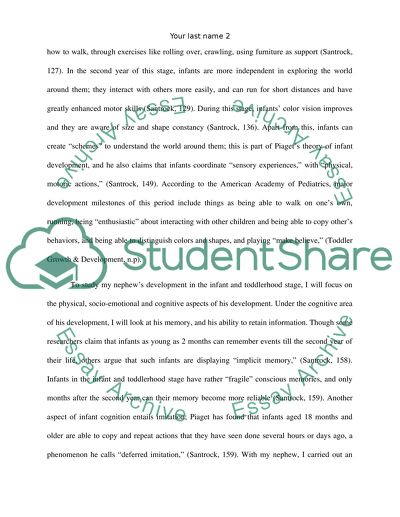Cite this document
(“Toddlers Physical, Cognitive and Socio-Emotional Development Essay”, n.d.)
Retrieved from https://studentshare.org/psychology/1630542-lifespan-development-observation-project-infancy-and-toddlerhood
Retrieved from https://studentshare.org/psychology/1630542-lifespan-development-observation-project-infancy-and-toddlerhood
(Toddlers Physical, Cognitive and Socio-Emotional Development Essay)
https://studentshare.org/psychology/1630542-lifespan-development-observation-project-infancy-and-toddlerhood.
https://studentshare.org/psychology/1630542-lifespan-development-observation-project-infancy-and-toddlerhood.
“Toddlers Physical, Cognitive and Socio-Emotional Development Essay”, n.d. https://studentshare.org/psychology/1630542-lifespan-development-observation-project-infancy-and-toddlerhood.


